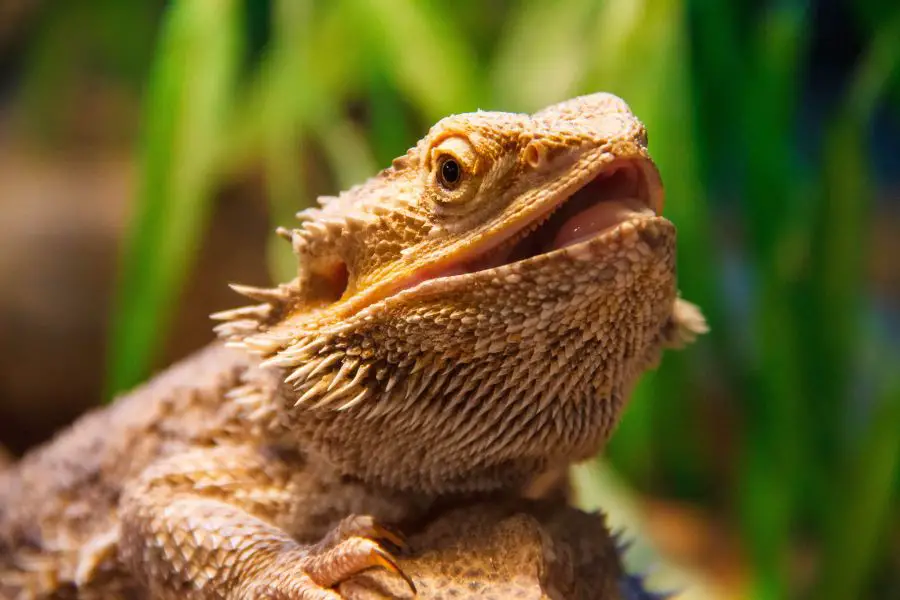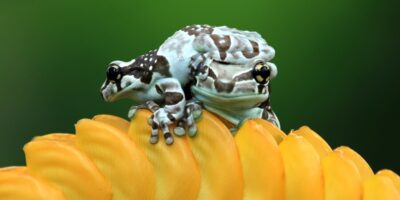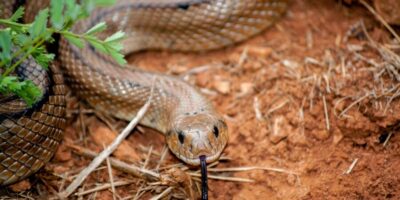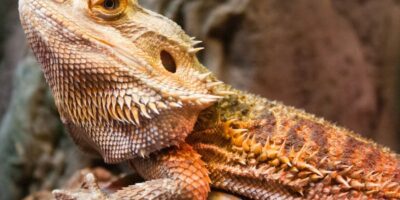When it comes to figuring out if a bearded dragon is no longer with us, it’s crucial to know what signs to look for. Understanding these indicators can help us assess the well-being of our scaly friends and take appropriate action if necessary. Let’s dive into this topic and explore the different ways to determine if a bearded dragon has passed away.
Being able to identify signs of death in bearded dragons is important for a few reasons. Firstly, it helps us ensure the well-being and proper care of our pets. Recognizing when a bearded dragon has passed away allows us to take appropriate steps, such as seeking veterinary assistance or providing a respectful farewell.
Additionally, understanding the signs of death can also help us differentiate between a deceased bearded dragon and one who may be experiencing health issues or undergoing certain natural processes.
Physical Examination
When it comes to visually determining if a bearded dragon is deceased, there are a few cues to look out for. One of the key indicators is a lack of movement or response. If a bearded dragon is not showing any signs of activity, such as not moving its limbs or not responding to external stimuli, it could be a sign that it has passed away. However, it’s important to keep in mind that these visual cues alone may not provide a definitive confirmation, so it’s always best to seek professional veterinary assistance for a conclusive determination.
To check for signs of breathing in a bearded dragon, you can observe the rise and fall of its chest or watch for any movement of its throat. Additionally, you can gently place your hand near its nostrils to feel for any airflow. As for checking for a heartbeat, you can place your hand lightly on the bearded dragon’s chest and feel for any rhythmic pulsations.
When it comes to changes in coloration or texture, it’s important to note that a deceased bearded dragon may exhibit pale or discolored skin, and the texture of its body might become stiff or rigid. However, it’s crucial to remember that these visual cues alone may not provide a definitive confirmation, so seeking professional veterinary assistance is always recommended for a conclusive determination.
Temperature and Responsiveness
Body temperature can play a significant role in determining if a bearded dragon is alive or deceased. Bearded dragons are ectothermic, which means they rely on external sources of heat to regulate their body temperature. If a bearded dragon has passed away, its body temperature may drop significantly and feel cold to the touch. On the other hand, a living bearded dragon will maintain a warm body temperature, which can be an indication of its vitality.
Now, let’s talk about checking for a response to external stimuli. One way to do this is by gently touching or tapping the bearded dragon. If it is alive, it may exhibit a reflexive response, such as moving away or twitching. However, it’s important to be cautious and gentle when interacting with a bearded dragon, as they can be sensitive to touch. Remember, these methods are not definitive, so it’s always best to consult a veterinarian for a conclusive determination.
Eye and Mouth Examination
When examining a bearded dragon’s eyes for signs of life, you can look for certain cues. One indicator is the lack of blinking. If the bearded dragon’s eyes remain open without any blinking movements, it could be a sign that it has passed away. Additionally, you can also observe the pupil’s response. In a living bearded dragon, the pupils should be able to constrict or dilate in response to changes in light. However, it’s important to note that these visual cues alone may not provide a definitive confirmation, so seeking professional veterinary assistance is always recommended for a conclusive determination.
Checking the mouth for signs of breathing or movement can be another way to assess the condition of a bearded dragon. You can observe if there are any visible movements of the throat or chest area, indicating breathing. Additionally, you can also gently place your hand near the bearded dragon’s mouth to feel for any airflow.
However, it’s important to be cautious and gentle when interacting with the bearded dragon, as they can be sensitive to touch. Remember, these methods are not definitive, so it’s always best to consult a veterinarian for a conclusive determination.
Seeking Veterinary Assistance
Seeking professional veterinary help is crucial for a definitive determination of a bearded dragon’s condition, especially when it comes to determining if it has passed away. Veterinarians have the expertise and knowledge to thoroughly examine the bearded dragon, consider various factors, and provide an accurate assessment. They can perform detailed examinations, such as checking for vital signs and conducting diagnostic tests if necessary.
So, if you have any concerns about the health or well-being of your bearded dragon, it’s always best to reach out to a veterinarian for professional guidance and assistance. They will be able to provide you with the most accurate and reliable information.
Signs of a healthy bearded dragon
- Active and alert behavior: A healthy bearded dragon will be active, curious, and responsive to its surroundings.
- Clear eyes: The eyes should be bright, clear, and free from discharge or swelling.
- Smooth skin: The skin should be smooth and free from any lesions, sores, or abnormal lumps.
- Good appetite: A healthy bearded dragon will have a healthy appetite and show interest in food.
- Regular bowel movements: Normal bowel movements indicate a healthy digestive system.
- Normal breathing: Breathing should be smooth and regular, without any wheezing or gasping.
- Proper body weight: A healthy bearded dragon will have a well-rounded body without any prominent bones sticking out.
- Shedding: Regular shedding is a sign of a healthy bearded dragon. It indicates that the skin is being properly renewed.
Conclusion
So, to sum it all up, we talked about the signs of a healthy bearded dragon. These include being active and alert, having clear eyes and smooth skin, having a good appetite and regular bowel movements, breathing normally, maintaining a proper body weight, and going through regular shedding.
These signs indicate a healthy bearded dragon, but it’s always a good idea to consult with a veterinarian for a thorough examination. They can provide you with the best advice and ensure your bearded dragon’s well-being.




